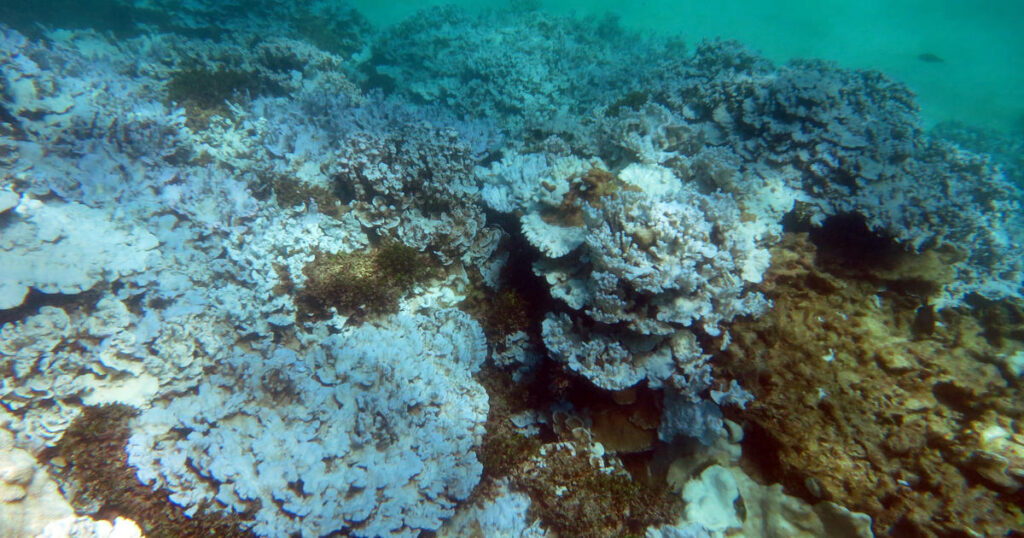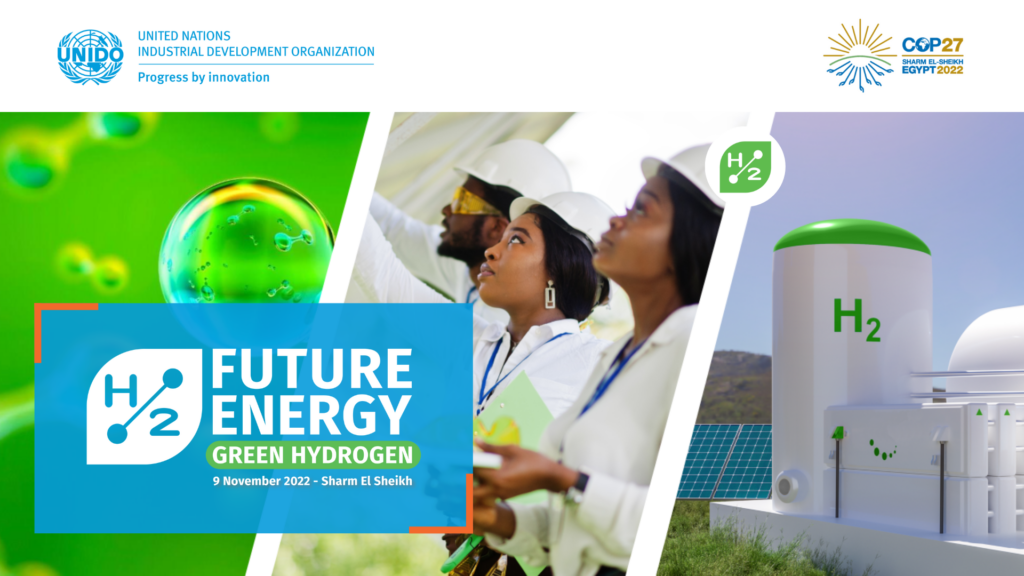Youth-Led Green and Inclusive Businesses takes off in style
 The world is increasingly understanding the folly of engaging in brown and black business approaches even if it is not yet quite ready to espouse the alternative –green business practices. The Youth Led Green Transitions in Enterprises project was launched by the Greens to trigger this change in the way the country does business. The open call for submissions to join the exercise was met with over 60 applicants for the 15 available slots in the pilot project showing that at least among youth, enthusiasm to enact positive change in their businesses was high. In shortlisting the prospective participants, the GMSL were careful that the vetting process was based exclusively on the nature of the business, the potential for reasonably quick recalibration and change and commitment to such restructure. There was absolutely no discrimination whatsoever with respect to gender, race, creed or sexual orientation making it a project that was wholly inclusive in action in and age and day when non-discrimination is mostly on-paper.
The world is increasingly understanding the folly of engaging in brown and black business approaches even if it is not yet quite ready to espouse the alternative –green business practices. The Youth Led Green Transitions in Enterprises project was launched by the Greens to trigger this change in the way the country does business. The open call for submissions to join the exercise was met with over 60 applicants for the 15 available slots in the pilot project showing that at least among youth, enthusiasm to enact positive change in their businesses was high. In shortlisting the prospective participants, the GMSL were careful that the vetting process was based exclusively on the nature of the business, the potential for reasonably quick recalibration and change and commitment to such restructure. There was absolutely no discrimination whatsoever with respect to gender, race, creed or sexual orientation making it a project that was wholly inclusive in action in and age and day when non-discrimination is mostly on-paper.
The first two training programs for the participants were held over February and March of 2024. The expectations of the participants and the aims of the project were outlined in terms of Green Thinking for business optimization. From a practical perspective, they were taught how to do an elevator pitch and each of the participants game up with their own version of it. The importance of communication and the mechanisms of leveraging communications channels were also imparted to the participants. The meet was open and inclusive in nature with everyone afforded the opportunity to interrupt at any time to clear up any issues or doubts they had. In the second meet, the participants were coached in business management from a green perspective as well as innovation and product development methodologies. These are precursors to the actual actions that the 15 participating youth led companies will be engaging in to transform their businesses into more environment friendly and guilt-free operations.
 There is still some distance to go but so far, the response from these young entrepreneurs has exceeded the expectations of the GSML, its partners Sri Lanka Export Development Board, National Innovation Agency, Thuru, Zero Trash and Earth Dreams International and the British Council who funded the project.
There is still some distance to go but so far, the response from these young entrepreneurs has exceeded the expectations of the GSML, its partners Sri Lanka Export Development Board, National Innovation Agency, Thuru, Zero Trash and Earth Dreams International and the British Council who funded the project.
However, the GMSL, as always, exercises caution in making claims until the exercise reaches its fruition and the final outcomes are assessed for their impact, sustainability and replicability. During the course of the next two months, the program will be continuously monitored with the GMSL teams ready at every instant to move in to implement checks and balances based on the results of its innovative continuous assessment mechanism and control over its oversight.
On the side of the participants too, there have been many kudos for the project and the GMSL and that is in fact the best possible validation of the project as seen by their feedback seen in the insets. It is indeed interesting to note in these two widely differing impact statements, the entrepreneurs have received programming inputs in their own unique ways, emphasizing those facets of training, the expertise provided, the tools delivered and the engagement environment in terms of what is most important to them. In that respect, the GMSL believes that it has succeeded in optimizing the expectations and the needs of widely differing youth business people and these statements are a testament to the flexibility and the highly personalized engagement with the participants. 























 Monitoring our forests and trees is quick and it is easy with tech innovation. The SDG Knowledge Hub, the International Institute of Sustainable Development (IISD) has brought attention to the Open Foris initiative of the Forestry Division of the Food and Agriculture Organization of the UN (FAO) that was launched back in 2011. The idea was that software supporting monitoring should be open-source, easily accessible, and free for anyone to use from anywhere, at any time. This was marvelous and indeed it has created a platform that is truly rendering benefits.
Monitoring our forests and trees is quick and it is easy with tech innovation. The SDG Knowledge Hub, the International Institute of Sustainable Development (IISD) has brought attention to the Open Foris initiative of the Forestry Division of the Food and Agriculture Organization of the UN (FAO) that was launched back in 2011. The idea was that software supporting monitoring should be open-source, easily accessible, and free for anyone to use from anywhere, at any time. This was marvelous and indeed it has created a platform that is truly rendering benefits.


 Despite Robert May optimistically stating back in 1994 that we will know all of the tree species by the year 2044, we are half ways there without even coming close. A January 2022 report by Proceedings of the National Academy of Sciences (PNAS), one of the world’s most cited and comprehensive multidisciplinary scientific journals says that there may be approximately 9000 tree species unknown to science of which 40% may be in South America. This was the result of a three-year research project that counted approximately 73,000 species currently living on earth and goes to show how rich our terrestrial ecosystems are. However, it also underlines their great vulnerabilities to anthropogenic changes from land use to climate change with the rarer the species the greater the risk. Referring to rare species a full third of the count fall into these categories with low populations and limited spacial distribution such as tropical lowlands and mountains.
Despite Robert May optimistically stating back in 1994 that we will know all of the tree species by the year 2044, we are half ways there without even coming close. A January 2022 report by Proceedings of the National Academy of Sciences (PNAS), one of the world’s most cited and comprehensive multidisciplinary scientific journals says that there may be approximately 9000 tree species unknown to science of which 40% may be in South America. This was the result of a three-year research project that counted approximately 73,000 species currently living on earth and goes to show how rich our terrestrial ecosystems are. However, it also underlines their great vulnerabilities to anthropogenic changes from land use to climate change with the rarer the species the greater the risk. Referring to rare species a full third of the count fall into these categories with low populations and limited spacial distribution such as tropical lowlands and mountains.